GST, demonetization related issues hampered SMEs, exporters; contributed to India’s growth moderation in FY17: ADB
Updated: Apr 11, 2018 06:44:44am
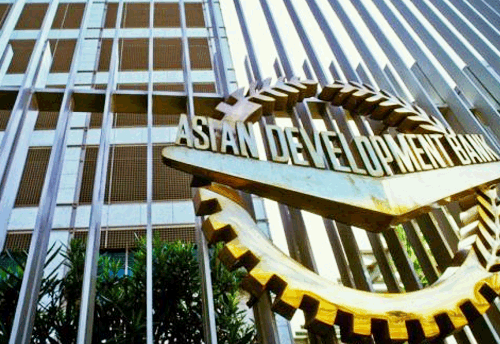
GST, demonetization related issues hampered SMEs, exporters; contributed to India’s growth moderation in FY17: ADB
New Delhi, Apr 11 (KNN) Dip in India’s growth rate in FY 2017 can be attributed to lingering effect of demonetization and teething issues related to implementation of the Goods and Services Tax (GST), which hampered operations of small and medium-sized enterprises and exporters, highlights an ADB Report.
In its latest Asian Development Outlook (ADO) 2018 report, ADB said India will reverse 2 years of declining growth as the economy is set to expand by 7.3% in fiscal year (FY) 2018 and 7.6% in FY2019, aided by various growth-oriented policy measures, says a new Asian Development Bank (ADB) report.
The report said, “dip in growth to 6.6% in FY2017 was driven in part by lingering effects of demonetization, which impacted the informal sector in the first half of FY2017. Teething issues related to implementation of the Goods and Services Tax (GST), which hampered operations of small and medium-sized enterprises and exporters, also contributed to growth moderation.”
“Despite the short-term costs, the benefits of reform—such as the recently implemented GST—will propel India’s future growth,” said Yasuyuki Sawada, ADB’s Chief Economist.
“Robust foreign direct investment flows attracted by liberalized regulations, and the government’s steps to improve the ease of doing business will further bolster growth” Sawada added .
India’s growth in FY2017 was driven primarily by services, which grew by 8.3% due to improved growth in finance and real estate, and in trade, transportation, and communication services.
Industrial activity slowed down largely due to manufacturing growth’s weakening to 5.1% in FY2017, compared to 7.9% a year earlier. Agricultural performance was also modest, as food grain production marginally exceeded the good harvest a year earlier.
Although consumption growth dropped to its lowest level in 5 years in FY2017, there was a sequential pickup in investment during the year, the report pointed.
ADB said, “Going forward, the ADO expects growth to pick up supported by various measures aimed to bolster farmers’ purchasing power, including higher procurement prices, agriculture market reforms, and investments in irrigation and logistics. Investment revival is expected to continue, albeit at a modest rate, as firms and banks strive to improve their balance sheets, and capacity utilization levels pick up.”
Inflation is expected to inch up to 4.6% in FY2018 and 5.0% in FY2019 driven by further firming of global commodity prices and strengthening of domestic demand.
A pickup in growth in advanced economies will likely help exports to grow at a healthy rate. At the same time, imports are also expected to increase as a result of higher commodity prices and the uptick in domestic demand. With the rise in imports offsetting the increase in exports, the current account deficit is expected to widen a bit to 2.2% of GDP in FY2018 and 2.4% of GDP in FY2019.
The current account deficit is expected to be financed comfortably by capital flows, as India remains an attractive destination for foreign direct investment and portfolio flows.

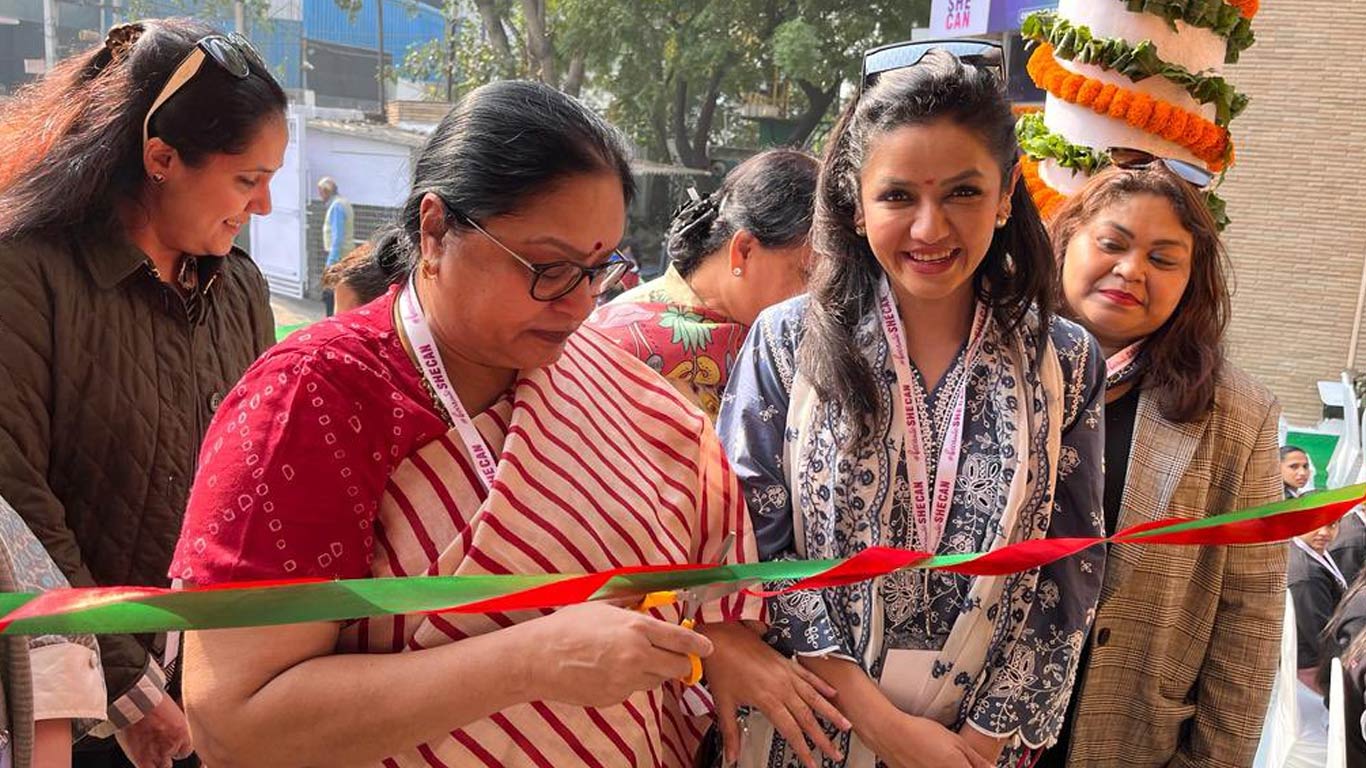
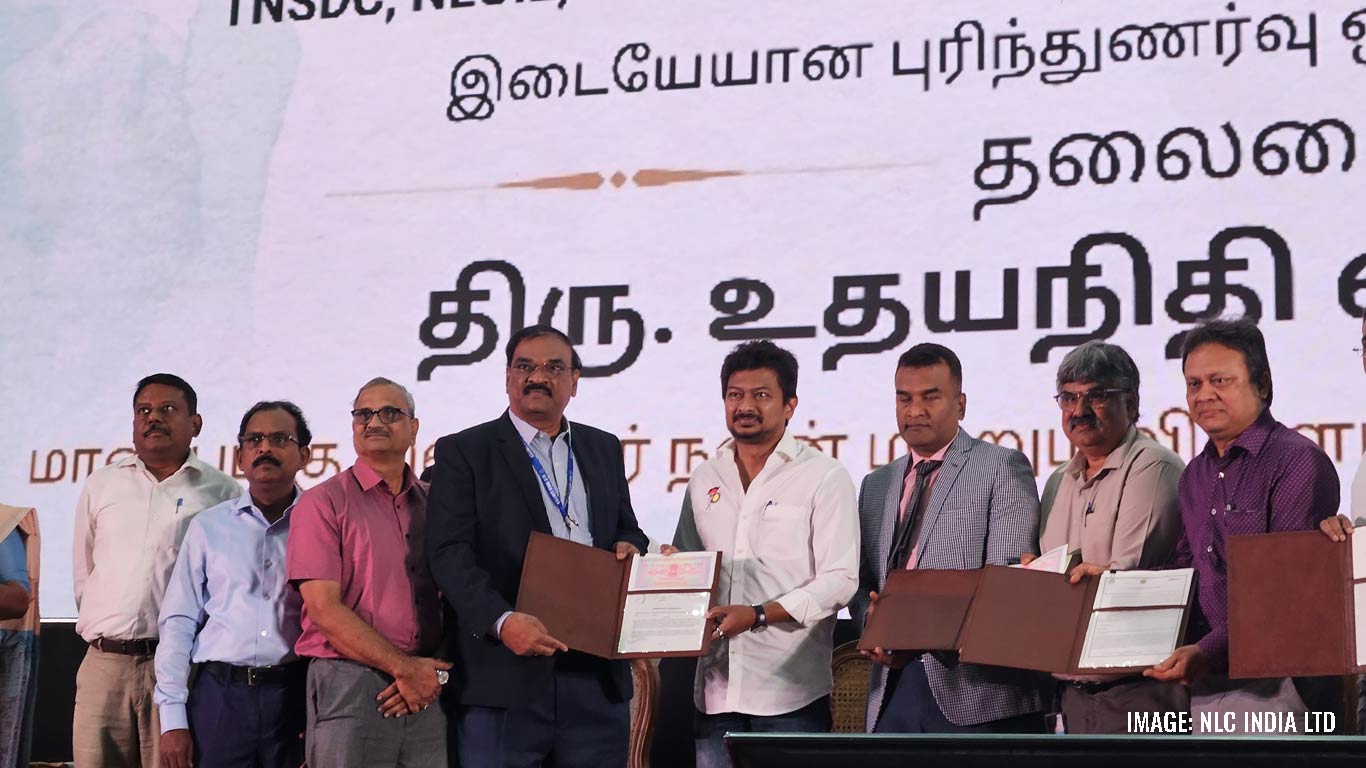

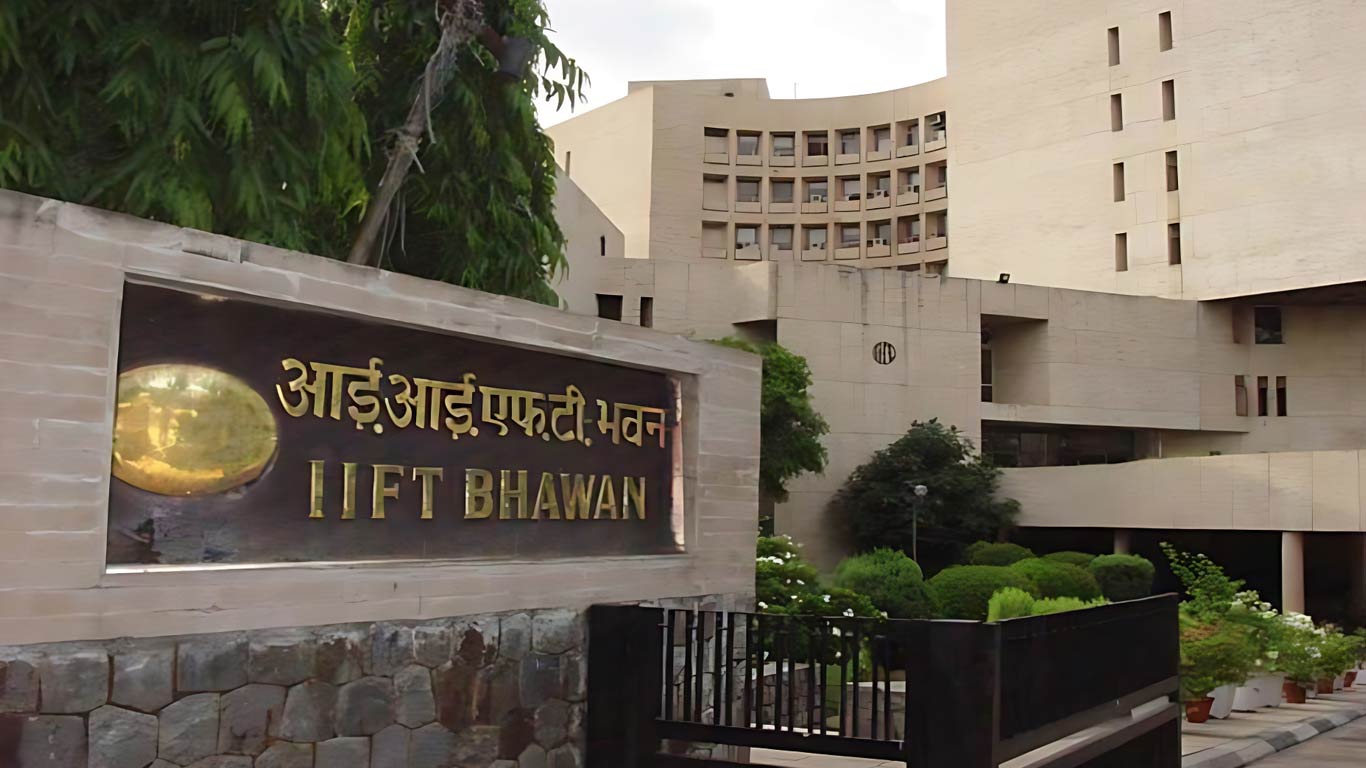
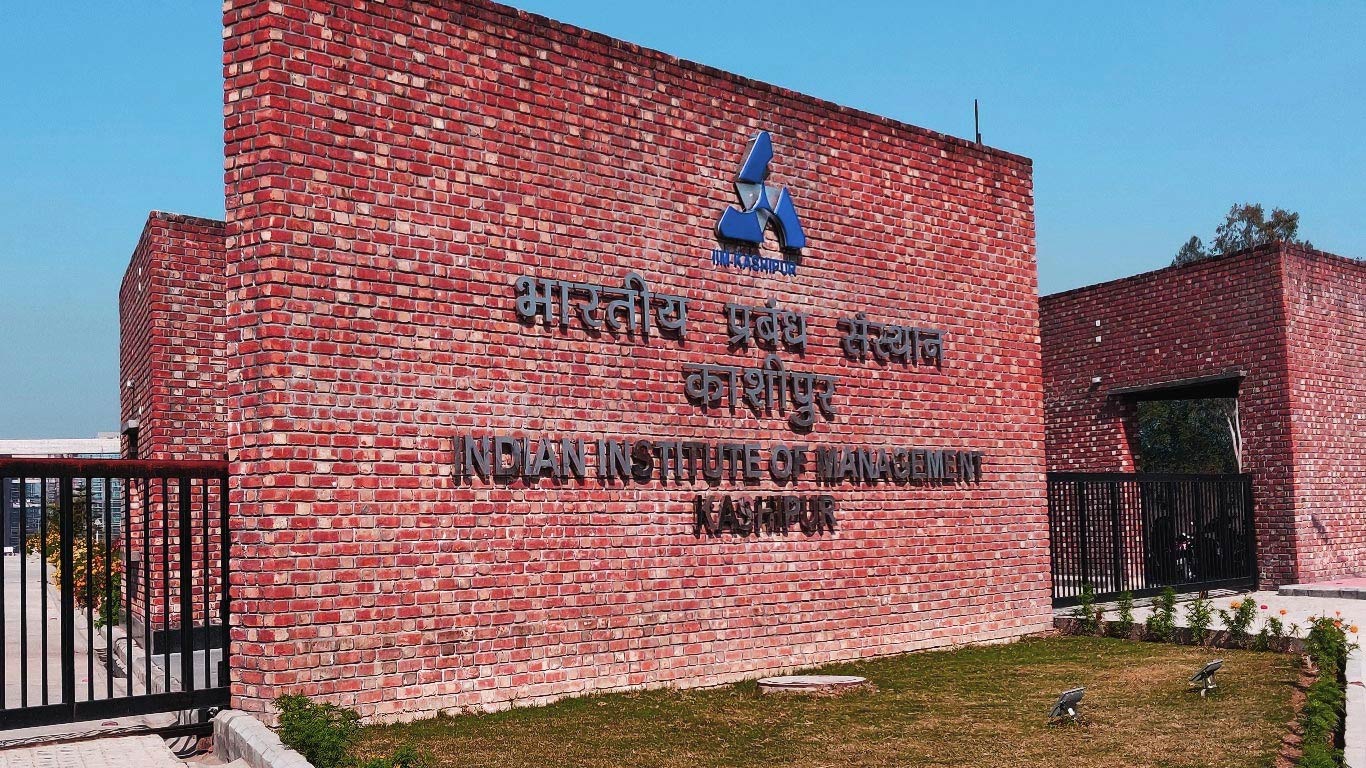





